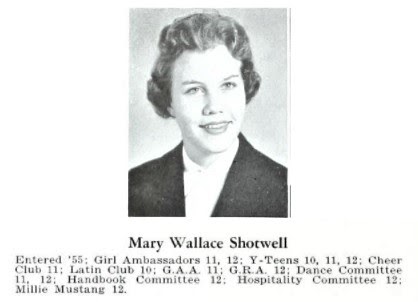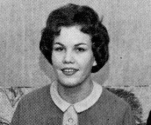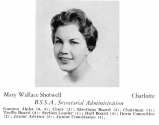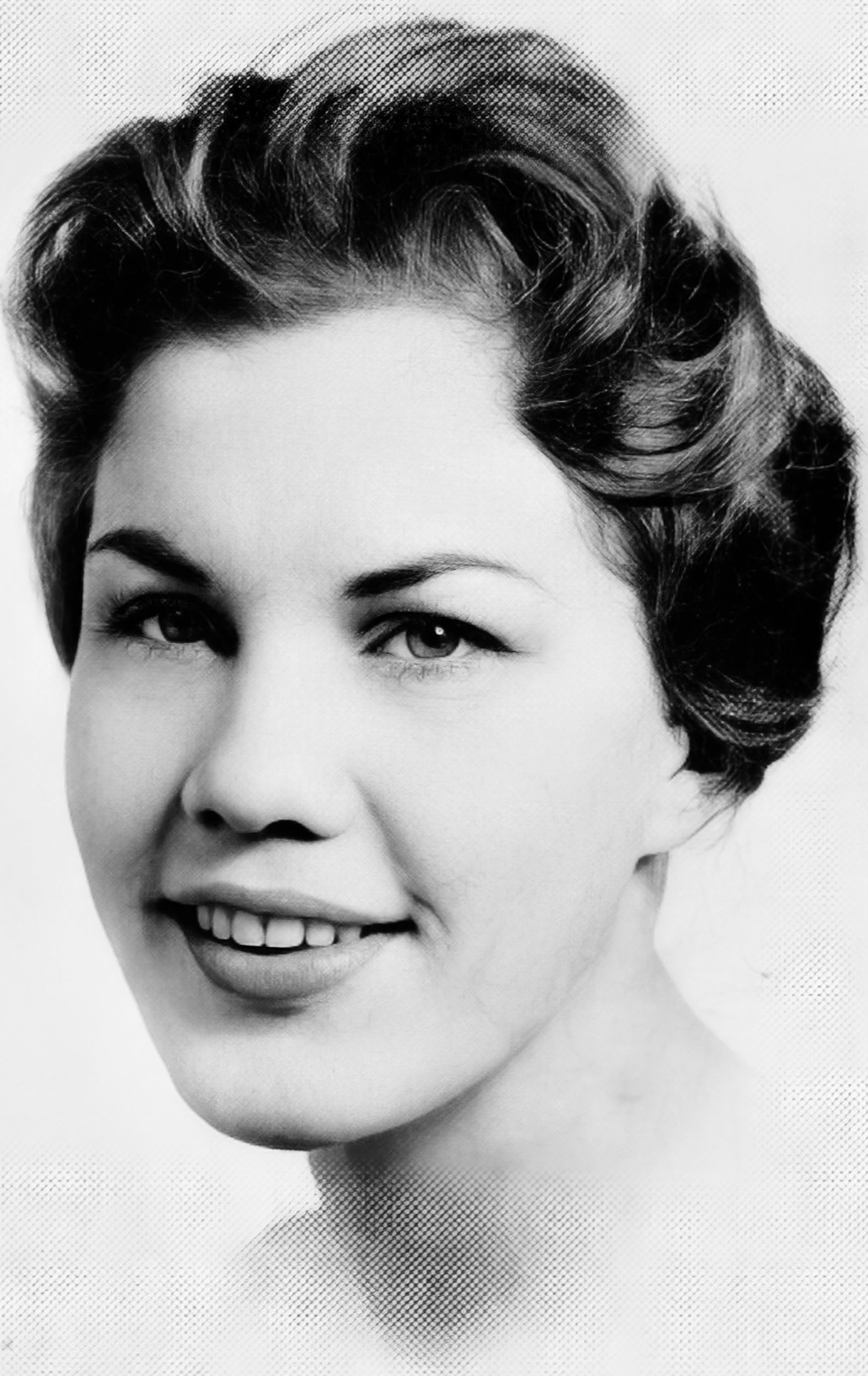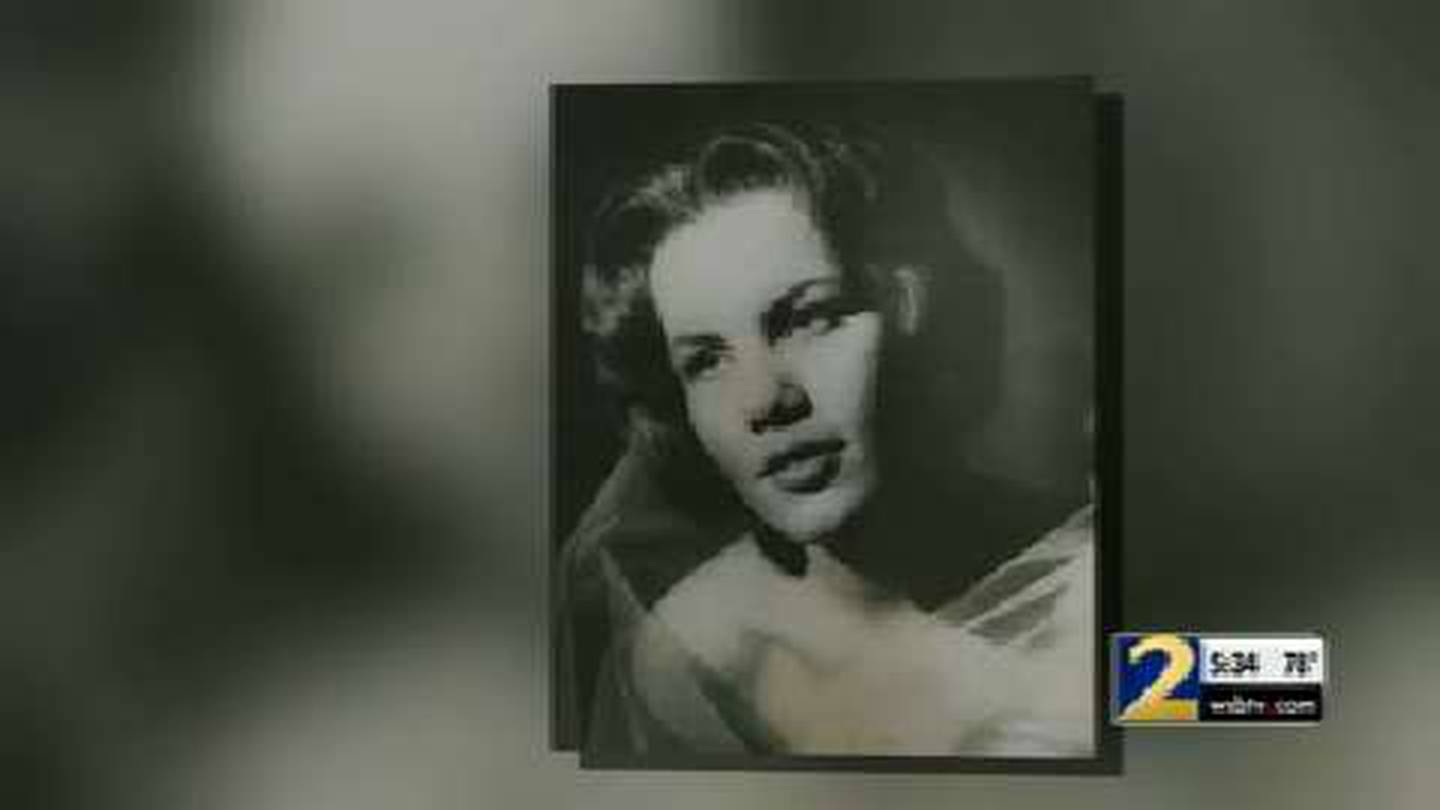Previously, I discussed some general similarities between the disappearance of Mary Shotwell Little and the murder of Diane Shields with two examples - a disappearance and a murder - linked to the Mob and perpetrated during the same era.
As already mentioned, there is nothing connecting these two Mob linked examples with the Little-Shields cases, but the parallels in style are striking (e.g. murder victim brutally killed and stuffed in the trunk of their own car, abduction victim’s car deliberately moved and her personal items staged inside the vehicle) And these are only two examples. There are literally hundreds of, if not more, unsolved murders and disappearances over many decades linked to the Mob. Had Mary's abduction and Diane's murder taken place in Chicago rather than Atlanta, I suspect people would have immediately focused on the possibility of Mob involvement rather than automatically assuming that it had to be a lone wolf killer.
But is it plausible that the Mob could somehow have been connected to Mary’s disappearance and Diane’s murder? As we know, both Mary and Diane were both employed as secretaries to the head of the personnel department at the Citizens & Southern Bank. C&S Bank, at the time one of the largest banks in the Southeast, was a respected institution and a lynchpin of Atlanta’s financial community. Who could Little and Shields have possibly associated with, or what could they have possibly learned, that would have put their lives in jeopardy with the Mob? This was Atlanta, Georgia after all, not Chicago. Or Detroit. Or Miami. Atlanta didn't appear to have any permanent presence or infiltration by the Mob back then. Wouldn’t working in the heart of Atlanta’s largest and most respected financial institution circa 1965 and 1966 be as far removed from the dark shadows of American organized crime as one could imagine?
Not far removed at all, in fact.
Mary and Diane's world at the Bank may have included some people, major players in Atlanta's burgeoning real estate development business and closely associated with C&S Bank's top leadership, who were connected through various dealings to the Mob.
Let's look at the example of Elliot L. Haas, one of the partners in Haas & Dodd, a large, successful insurance and real estate conglomerate which had been in business since 1891 and was one of Atlanta’s premier financial institutions.
In the 1960's, Elliot L. Haas would have been regarded as a pillar of both Atlanta’s financial elite and high society. Back then, during a period when Atlanta was growing by leaps and bounds, it's hard to imagine that Haas & Dodd wouldn’t have done significant business with another major financial player in Atlanta, the C&S Bank. In fact, during these years, one of Elliot L. Haas’ partners in Haas & Dodd, a man by the name of Fair Dodd, served as a member of the advisory board for C&S Bank alongside Mills B. Lane, Jr., the Bank's president. Besides working with Elliot's business partner on the C&S advisory board, Lane would have been personally acquainted with Haas as both men served in the mid-1960's as trustees, along with several other members of Atlanta’ corporate elite, for the Atlanta Arts Alliance, a group charged with raising several million dollars to construct the Atlanta Art Center. In fact, Elliot L. Haas was appointed in 1964 as chairman for the Alliance’s fund-raising campaign. Elliot L. Haas and Mills B. Lane Jr., along with numerous other high ranking members of Atlanta's buisness fraternity, would have had both direct and indirect business and community associations with one another.
But beneath the genteel respectability and appearence of noblesse oblige, there was another side to Elliot L. Haas; a businessman apparantly willing to take large, quick profits on sketchy insurance deals with people of questionable background.
In 1962, the FBI probed a business association, specifically an insurance kickback scheme, between Elliot L. Haas and a Chicago businessman by the name of Allen Dorfman.
According to an FBI report from late 1962, Elliot L. Haas admitted to Bureau agents that Haas & Dodd wrote insurance policies on large, multi-million dollar hotel developments in both Atlanta and Dallas. He also admitted that Haas & Dodd made an investment in the form of a construction loan for one of the hotels and, in exchange, was given the opportunity to write high value life insurance policies on the partners in both hotel developments: Jay J. Sarno and Stanley A. Mallin.
Mallin confirmed to the FBI what Haas had admitted. Mallin told the Bureau's agents that Allen Dorfman had obtained the insurance for the hotels in Atlanta and Dallas, as well as the life insurance policies, through Elliot L. Haas at Haas & Dodd. Mallin also confirmed that Haas & Dodd made an investment in one of the hotels and in return was given the opportunity to write large insurance policies on himself and his partner Sarno.
According to insurance company records reviewed by the FBI, Elliot L. Haas, on behalf of Haas & Dodd, in turn placed these life insurance policies with a Chicago based agency, Cambridge Insurance Agency, General Agents for Republic National Life of Dallas Texas. According to information obtained from Republic, Cambridge earned the overwrite on the Mallin-Sarno life insurance policies and Elliot L. Haas split the commission with Cambridge, apparently having entered into a “kickback” scheme with Allen Dorfman, the man who owned Cambridge Insurance Agency.
And who was Allen Dorfman?
Dorfman was a Chicago insurance executive who owned and controlled numerous companies, including Cambridge Insurance Agency, but is much better known in the annals of American organized crime as Jimmy Hoffa’s point man on the Teamsters’ Central States, Southeast and Southwest Areas Pension Fund. Dorfman, who was part of the Chicago Outfit, was responsible for approving and overseeing hundreds of millions in Teamsters’ loans across the United States, including vast sums lent to construct mob-controlled casinos in Las Vegas from the late ‘50’s into the ‘70’s. In January 1983, Dorfman, who was facing federal charges related to a political bribery scheme in Nevada, was gunned down in what appeared to be a professional hit as he was crossing the parking lot of a Hyatt hotel in a Chicago suburb though, as is usually the case with Mob assassinations, Dorfman's killer was never identified or brought to justice.
Allen Dorfman, who was a multi-millionaire at the time, was one of the Mob's key money men in the 1960's. He was at the pinnacle of American organized crime. His character is depicted in movies such as
Casino and
The Irishman.
As to the real estate developments in Atlanta and Dallas mentioned above, it was Jimmy Hoffa, and probably Allen Dorfman, who made the decision to have Teamsters’ Central States to fund their construction with millions in loans to Sarno and Mallin. The Atlanta Cabana, a sprawling 200-room luxury hotel rising over Peachtree and 7th streets in Midtown, was the largest hotel built in Atlanta for over three decades. Sarno and Mallin subsequently went on to build the Dallas Cabana as well as another similar hotel in California.
Haas & Dodd, Atlanta’s venerated insurance and real estate firm, was effectively a partner with none other than Teamsters’ Central States in the construction of the Cabana hotels in both Atlanta and Dallas, having obtained a piece of the action in the form of making construction loans to Sarno and Mallin. By arranging a kickback scheme with Allen Dorfman, Elliot L. Haas ensured that Haas & Dodd received the insurance business for these Teamsters linked projects, as well as the opportunity to write lucrative life insurance policies on the two partners in the development, Sarno and Mallin. As part of the kickback arrangement, Elliot L. Haas ultimately placed the life insurance on Sarno and Mallin with Dorfman’s company, Cambridge Insurance Agencies.
Was this the kind of information that caused an Atlanta bank secretary to vanish into thin air? Or caused her succesor to be brutally murdered? As far as we know, there is no evidence that links Elliot L. Haas’ kickback scheme with Allen Dorfman to either Mary Shotwell Little’s disappearance or Diane Shields’ murder.
But, at the very least, the FBI probe into Elliot L. Haas' dealings with Allen Dorfman shows that the highest, most respected levels of Atlanta’s financial community in the 1960’s were not immune from the power and corruption of the Mob. Mary and Diane may not have realized it until it was too late, but Atlanta was not Mayberry and the Mob was not far removed from their world at C&S Bank
The local newspapers may not have printed much about it, but dark shadows from Chicago (Dorfman) and Detroit (Hoffa) were very much in evidence in the financial heart of Atlanta at the time Mary vanished and Diane was murdered.
And there were dark shadows from Las Vegas as well, which I will discuss next.
FS

